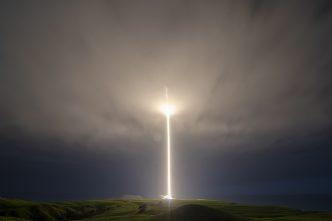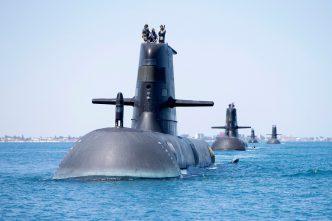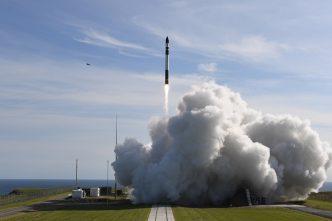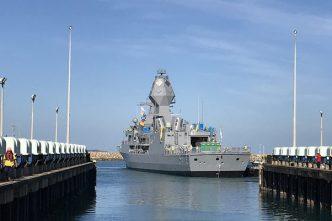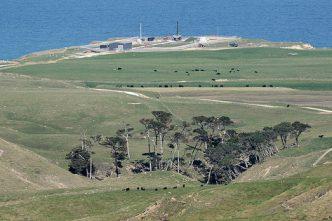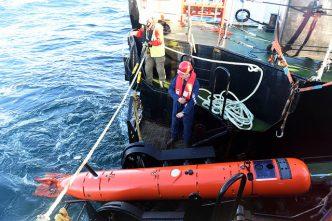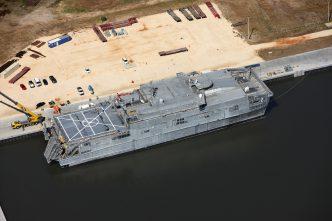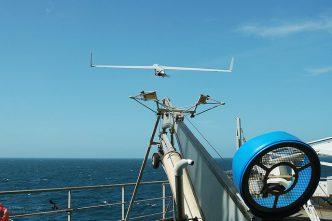We’re hearing a lot about the need for Australia to develop a sovereign space capability. An article on The Strategist in March warned that Australia risks New Zealand ‘becoming the more commercially attractive location for …
Hugh White’s latest book has stimulated an important debate on the defence capabilities needed to preserve Australia as a sovereign state. In the recent posts on this subject on The Strategist, there’s been recognition of …
Australia’s new space agency is now up and running and hopes are high for a sovereign launch capability. But not all space launches are equal. The launch parameters for putting a 600-kilogram satellite into geostationary …
This is an exciting time for Australian naval shipbuilding. Two patrol vessel programs are underway, the Anzac-class frigate midlife capability assurance program (AMCAP) is completing the first of eight ships, and Hunter-class future frigates are …
This is the 16th in our series ‘Australia in Space’ leading up to ASPI’s Building Australia’s Strategy for Space conference. As recently as last Thursday, a post on The Strategist claimed, ‘Like Australia, no country in Southeast …
Graeme Dunk’s recent post described challenges to Australia’s submarines in correctly classifying and discriminating between friendly and potential adversary submarines of similar design, such as the Kilo-class submarines operated by Russia, China, Indonesia, India and …
The fact that New Zealand is planning to replace its 13 largest military aircraft between 2020 and 2025 is a big deal. One project team is studying the future capabilities required to replace two Boeing 757 …
The 28 March 2017 landfall of Queensland’s Cyclone Debbie revealed yet again the value of having military assets readily available to rescue and support those needing help. This time it was the Whitsunday Islands, stricken …
The 14 February piece by James Mugg and Andrew Davies was like the curate’s egg: good in parts. Much of what they wrote about the significance of unmanned aerial vehicles (UAV) and systems (UAS), especially about …
The US government’s largest contracted military shipbuilder, Huntington Ingalls Industries (HII), recently opened an office in Canberra. It seems unlikely that HII would’ve done that without encouragement from the US government, via the US Navy. …
Electronic computer technology has moved from valves to transistors to progressively more complex integrated circuits and processor designs, with each change bringing higher levels of performance. Now the advent of quantum computers promises a huge …
The current strategic/political argument to buy Japanese submarines doesn’t stand up against a $50+ billion life cycle submarine project for acquisition, sustainment and upgrades which will run until at least until 2060. Alan Behm’s recent …
